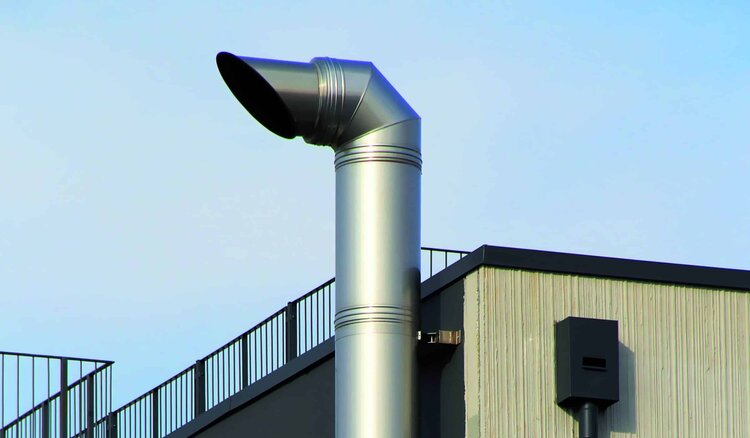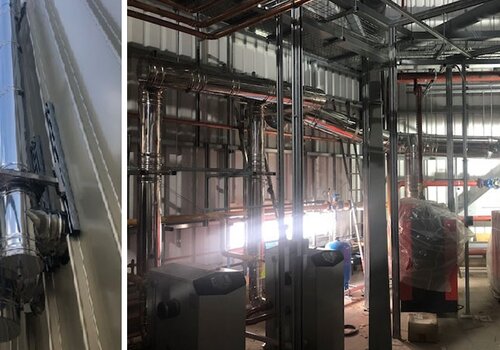The relevant section: Part L, involves the updating of boiler systems, in that older oil and coal boilers are to be updated to more efficient natural gas boilers. In most cases non-condensing boilers will not meet the requirements and cannot be installed in new buildings.
The key points are:
- If the replacement employs a different fuel, it should not produce more CO2 emissions per kWh of heat than the appliance being replaced.
- The requirement is also for time and temperature controls as a bare minimum of a new heating appliance when installed in an existing building.
- This also means that flue types suitable for a condensing boiler are required.
- Flue material needs to be corrosion resistant.
- As non-condensing equipment is replaced, it will be very unlikely that the existing flue equipment and termination positions can be used with the new condensing replacement.
- All parts of the system, including pipework and emitters, should be sized to allow the space heating system to operate effectively, and in a manner that meets the heating needs of the building, at a maximum flow temperature of 55°C or lower.
- Condensate removal will require a suitable drainage point. Also lower level generator rooms (such as basement / cellar) may need pump removal systems.
We can provide drawings and advice if you have non-condensing plant room which needs upgrading. Please get in touch with us regarding the flue system.



